A Study of the Vegetation Growth Dynamics in the Three Rivers Source from 1982 to 2015
DOI: 10.23977/erej.2022.060406 | Downloads: 22 | Views: 1409
Author(s)
Erling Ou 1, Qian Wang 1, Jiajia Liu 1, Xirui Ruan 1, Xuelian Song 1, Wen Zhang 1, Puchang Wang 1, Caiyun Xie 1, Huajiang Tang 1, Fengpeng Liu 1, Zhiwei Wang 1
Affiliation(s)
1 Guizhou Institute of Prataculture, Guizhou Academy of Agricultural Sciences, Guiyang, Guizhou, 550006, China
Corresponding Author
Zhiwei WangABSTRACT
The three rivers source area (The source region of the Yangtze River, Yellow River and Lancang River) has the largest area of river source areas in China, and is also an important climate-sensitive area and ecologically fragile zone. Studies on its vegetation growth dynamics are of great significance to the construction of ecological security barriers in China and the construction of ecological civilization in the Qinghai-Tibet Plateau region. The study investigated the vegetation dynamics in the three rivers source area by using the GIMMS NDVI dataset from January 1982 to December 2015. The results show that the monthly NDVI and multi-year average spatial distribution of NDVI values in the three river source areas follow the same trend, with the NDVI values in the Lancang and Nujiang river basins being significantly larger than those in the Yangtze river basin; while the spatial distribution of NDVI annual change rates in the three river source areas is the opposite, with the annual NDVI change rates in the Yangtze river source area being better than those in the Lancang and Nujiang river basins.
KEYWORDS
GIMMS NDVI; Qinghai-Tibet Plateau; multi-year permafrostCITE THIS PAPER
Erling Ou, Qian Wang, Jiajia Liu, Xirui Ruan, Xuelian Song, Wen Zhang, Puchang Wang, Caiyun Xie, Huajiang Tang, Fengpeng Liu, Zhiwei Wang, A Study of the Vegetation Growth Dynamics in the Three Rivers Source from 1982 to 2015. Environment, Resource and Ecology Journal (2022) Vol. 6: 37-42. DOI: http://dx.doi.org/10.23977/erej.2022.060406.
REFERENCES
[1] Dobinski W. Permafrost. Earth Science Reviews, 2011, 108(3-4): 158-169.
[2] Zhang T, Barry R G, Knowles K, Heginbottom J A, Brown J. Statistics and characteristics of permafrost and ground-ice distribution in the Northern Hemisphere. Polar Geography, 2008, 31(1-2): 47-68.
[3] Yi S H, Zhou Z Y, Ren S L, Xu M, Qin Y, Chen S, Ye B. Effect of permafrost degradation on a Alpine grassland in a semi-arid basin on the Qinghai-Tibetan Plateau. Environmental Research Letters, 2011, 6(4): 045403.
[4] Yu Haiying, Xu Jianchu. A review of climate change impacts on vegetation on the Tibetan Plateau. Journal of Ecology, 2009, 28(4): 747-754.
[5] Guo Tao, Yang Xiaobo, Liu Xiangjun, Long Wenxing, Li Donghai. Vegetation Survey of Tailings Pond Area in Shiluo Iron Mine, Changjiang, Hainan. Journal of Ecology, 2007, 27(2): 755-762.
[6] Zhang Y, Gao J, Liu L, Wang Z, Ding M, Yang X. NDVI-based vegetation change and its response to climate change from 1982-2011. A case study from the Koshi River Basin, Central Himalayas. Global and Earth Change, 2013, 108: 139-148.
[7] Pan Z K, Huang J F, Zhou Q B, Wang L M, Cheng Y X, Zhang H K, Blackburn G A, Yan J, Liu J H. Mapping crop phenology using NDVI timeseries derived from HJ-1 A/B data. International Journal of Applied Earth Observation and Geoinformation, 2015, 34: 188-197.
| Downloads: | 5801 |
|---|---|
| Visits: | 415133 |
Sponsors, Associates, and Links
-
International Journal of Geological Resources and Geological Engineering
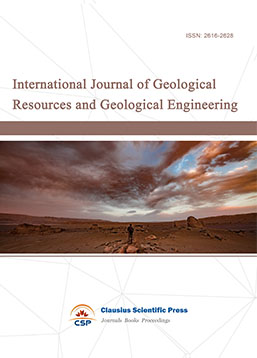
-
Big Geospatial Data and Data Science

-
Solid Earth and Space Physics

-
Environment and Climate Protection
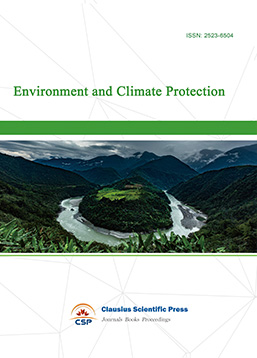
-
Journal of Cartography and Geographic Information Systems

-
Offshore and Polar Engineering

-
Physical and Human Geography
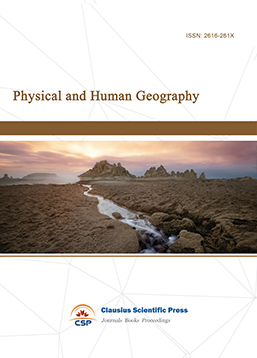
-
Journal of Atmospheric Physics and Atmospheric Environment
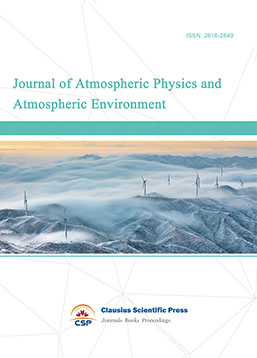
-
Trends in Meteorology

-
Journal of Coastal Engineering Research
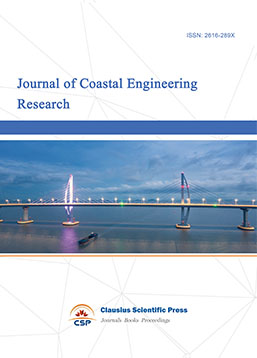
-
Focus on Plant Protection
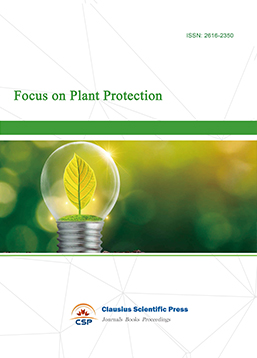
-
Toxicology and Health of Environment
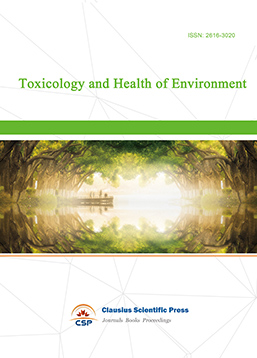
-
Geoscience and Remote Sensing
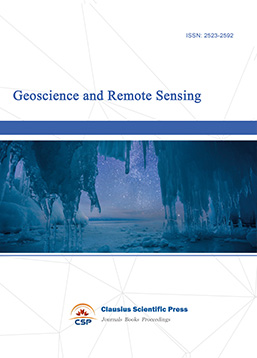
-
Advances in Physical Oceanography

-
Biology, Chemistry, and Geology in Marine
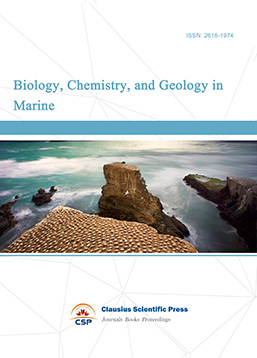
-
Water-Soil, Biological Environment and Energy

-
Geodesy and Geophysics

-
Journal of Structural and Quaternary Geology
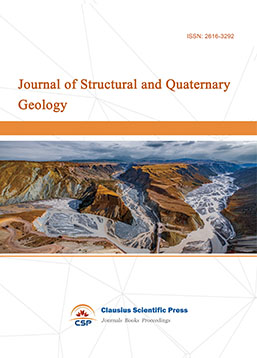
-
Journal of Sedimentary Geology

-
International Journal of Polar Social Research and Review


 Download as PDF
Download as PDF